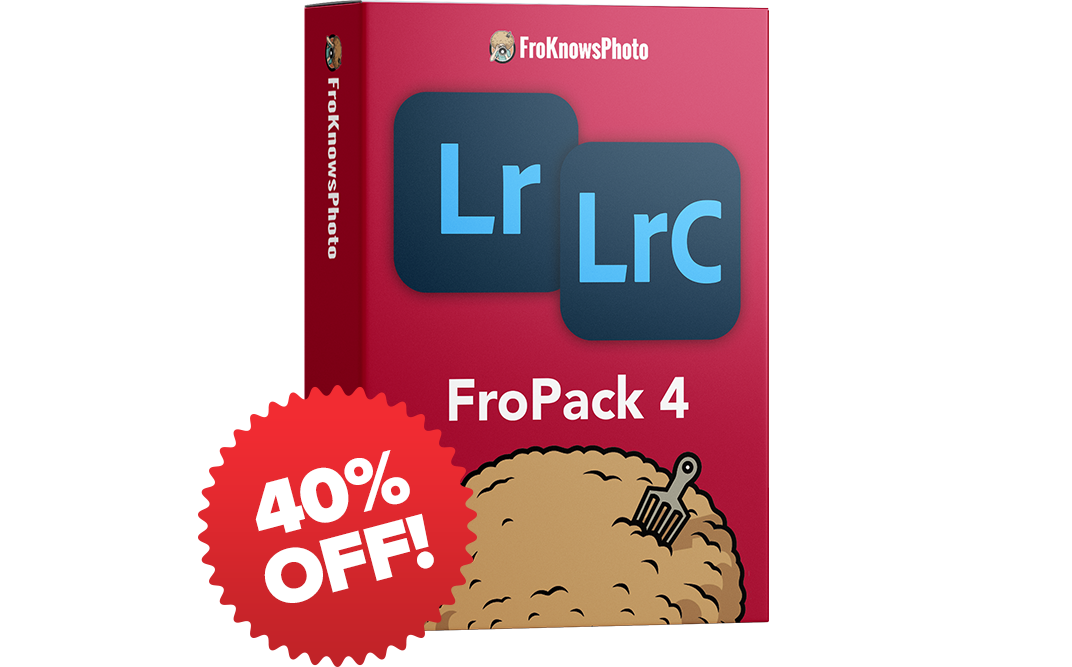Lightroom Quick Tips
Here’s some Lightroom quick tips to enhance your workflow. Going thru images can be daunting. Trying to make quick picks shouldn’t be something that is time consuming or complicated and in this video I demonstrate how I like to expedite that process using keyboard shortcuts and some hidden gems in Lightroom.
I talk about how you can use the “P” key for picks that flag the images and the “X” key for rejects that mute the images. It’s like the yes or no button, P for Yes and X for no. And you can always hit “U” for undo. That will undo the assigned flag. I also use the arrows on the keyboard to advance thru my film strip, another time saving tip.
I then go on to talk about how you can put the individual modules in “Solo Mode” so that you only see the module you are working in to eliminate clutter on your screen. This can be very handy and help to keep your workflow streamlined. You can also easily hide any or all modules as needed, depending on how you work. All of this can quickly be restored, so you can easily adapt to any session you’re in.
Please subscribe and leave your questions and comments below.
Click here to read the video transcript
Male Speaker: Hey guys today we’re in Lightroom and we have images of a like a film camera that I quickly want to go through and share with you guys some tips to maybe expedite your workflow so that when you’re going through a new set of images maybe it will help you to speed things up as well. This is something that I do all the time and thought that I would share with you guys today. Now I shot this like in three film camera. I shot it with a Canon 5D Mark III. I had a 50 millimeter F1.2 lens and I think I shot this at F1.4 just to go for some crazy shallow depth of field. Okay, now I messed with the focus points when I was shooting this so that I would know that when I’m going through and making my selects that if I had two or three of each image that I would note that okay, this one has better focus or this one has better focus in keeping with the kind of focus that I want.
Okay, so we would make it even more apparent. So what I wanted to share with you guys is, there’s a little known feature or maybe it’s very known, but at least it’s something that I want to share with you is if you go to the photo menu and you go all the way down to this thing called Auto Advance okay what that means is that when you let’s say make a selection on an image rather than it staying on that image it will advance to the next image, so that if you’re making a quick sweep of your images okay, it will basically advance. I’m going to show it to you. It’s easier to show than actually talk about. Another thing that I wanted to tell you, is that I use a rating system is very quick when I go through a new set of images.
Okay and I use the letter P on the keyboard. That’s for a pic and I use X for an image that’s a reject. And then let’s say you’re doing pics and rejects and you find an image that you’re not sure about you can hit U for undo so its kind of like the pic is like the yes button okay when I’m going through these images. So here’s an image and here’s an image. This is, this is definitely a pic, and this one is not so that’s going to be an X. And you see how it auto advance in the next image. Now I’ve got two of these to select from, and I think I like the one where the focus is more on the end of the lens barrel so I hit this for P and advance the second image I hit this for X. And let’s look at this right here. These are pretty similar. So let me just give it a quick little look. Man, that is some soft focus right there. You know this is a tough call. I kind of like that one better so this is going to be an X and you see how it advanced. This is going to be a P. I want to have a third version of this image right here.
You know what actually I like the focus on this one a lot better. So I’m going to go back to this one. I’m going to hit an X and then I’m going to hit a P for this one. So you guys understand how this is working. The P is a pic so that’s putting a flag okay on the image alright and X is a reject so that means that is being rejected okay. And then now I’m going to keep going over here. So here’s you know Version 1, Version 2. Okay so you can see in Version 1, Version 1 how on – Version 1 I focused up on the writing on the top of the camera. Version 2, I purposely focused on the lens barrel. They’re both cool images, but for the purpose of this exercise I’m going to hit the pick on this one and I’m going to hit an X on this one. Although there’s something I kind like about that so you know I’m going to pick this one too.
Let’s see now, we got another angle here and I’m just going to quickly go through them. Alright this is definitely a non-keeper. This is definitely a non-keeper. The focus is bizarre so now let’s go between Version 1 and Version 2. Let’s see. This is a really tough call here. I think I like Version 2 more so Version 1 becomes an X. This becomes a P. And let’s move along. We’ve got another side over here. Now look at all the chromatic fringing that purple stuff. Alright let’s see. That is really kind of wonky waiting for previews and you know I think there’s something wow look at that shell in this in the depth of field. That is a tough call right there. I think I like this one better so I’m going to pick that. I’m going to delete that. We’re going to reject it, and let’s see we’re looking at the film transport.
I don’t think I wanted without well, actually without the tray is kind of cool. So we’ll just pick that one and let’s see we have couple more here. Hang on. Waiting for the preview. Yeah I can tell already I’m not particularly going to like that one. This one is probably my pic so now this one I hit that an X and this one is an X. Okay so look at how quickly that, that happened for us. Okay the pics and the rejects. Now alright so now let’s go into grid mode. And now we can see we got our pics which we can see are flagged and they’re kind of lighted whereas our rejects which have an X in a flag those are kind of they’re muted. So I don’t really want to see the rejects because I rejected them so I’m going to hit the flag filter button over here.
And now we’ve got our flagged images. Okay now there’s another really cool feature that is called Solo Mode. Okay so now you see how we’re looking at our side panels here. We got all these different kind of you know the different modules, the different modes all showing. Well sometimes I can feel very cluttered so all you really need to do is if you click on anyone of those modules and you right click okay you can see right here where it says Solo Mode. And the cool thing about that is that if you’re in any one of these modules in solo mode that means the other modes are collapsed so you have less clutter so let’s say I want to go to keywording. Look at that. Everything collapses. I want to go to metadata. Collapses, now the same thing is true for the developed mode so that’s D for Developed and we’ve got the same deal over here.
We’ve got all of these different modes okay they’re all kind of cluttering up the sidebar here. I’m just going to basically go into let’s say we’ll just go in here. We’ll go into solo mode and boom. There we go. We can actually; we’ll just close the histogram for now. But the cool thing is like I go into the basic curve, I mean the basic module and everything closes. I go into the tone curve everything else closes. I go into detail everything else closes okay. So that is what Solo Mode is all about. Now Solo Mode obviously is easy to get rid of. There’s another thing that you could see right here. You could see how all the different modes in the developed module are selected.
You can also turn any of these things off or unclick them so that way they won’t even be there. So look what happens? I get rid of camera calibration. It’s gone. Let’s say I don’t want effects. That’s gone alright. So those if they’re cluttering up your workspace you can get rid of them if you want. All I’m doing is I’m right clicking into one of the bars that’s opened in the mode. Now the same thing could be said for the – for this toolbar over here I could also go into Solo Mode alright. So let’s say I wanted to go into snapshots boom. Okay you see how that works. If I want to go into history, if I want to go into collections, it’s the same kind of deal. It was just solo everything out which is really cool. You can also hit hide all, if you want to hide them all and then you can go into show all. So you can really kind of clean up your workspace if you want to and that can really kind of help to make your workflow a little bit faster because sometimes when you’re working you don’t want to have to scroll through all the different modules in the developed module.
You want to just basically have one opened at a time and this really kind of simplifies that. So there you go. There’s some Quick Tips in Lightroom for helping to organize and make selects in your workflow. If you have any questions or comments, please leave them below. Don’t forget to subscribe. That’s it for now. I’ll see you soon.



